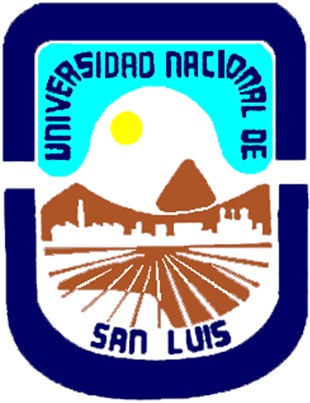 |
 |
PLENARIA 2
About the meaning, usefulness and limits of the “surface area” of an adsorbent
Jean Rouquerol, and Françoise Rouquerol
MADIREL, Aix-Marseille University / CNRS, France
e-mail: jean.rouquerol@univ-amu.fr
The concept of specific surface area is probably the most used to-day to characterize an adsorbent, either experimentally or by simulation.
Unfortunately, the complexity of adsorbents, the variety of methods used for their characterization and the lack of coordination between scientists make that many definitions of a surface area are at present in use. They will be listed and commented.
Then, the general procedure to get the so-called “true” surface area will be examined.
This procedure will be applied to the most popular method for the determination of surface areas, namely the Brunauer, Emmett and Teller (BET) method. Because this method has always been, simultaneously, the object of much criticism and of much popularity, we propose to evaluate its limits and strengths, which we can see more clearly after 75 years of continuous use, even if the controversy about it is not yet completely extinguished. Comparison and checks with independent methods will be examined: Harkins and Jura “absolute calorimetric method’, neutron diffraction in the case of adsorption on graphitized carbon…
Some reservations will be brought about the “need of a true surface area determination”, especially in the presence of micropores.
To conclude, we shall stress the ambiguity of relatively common terms like “actual”, “effective”, “true” or even “accessible” surface area (used by simulators and experimentalists with a different meaning) and shall propose some ways of clarification.
We shall also stress that, although the original objective of the BET method is not always reached (namely a satisfactory determination of the probe-accessible surface area of an adsorbent), there is another objective, initially unexpected, which makes that the method remains a valuable means of characterization: it easily provides indeed, for most adsorbents, a highly reproducible and characteristic figure (the BET-nm) corresponding to the major part of the adsorbate in energetical interaction with the surface.
Contactos: saasa@unsl.edu.ar
Página Web: http://infap.unsl.edu.ar/congreso/index.html